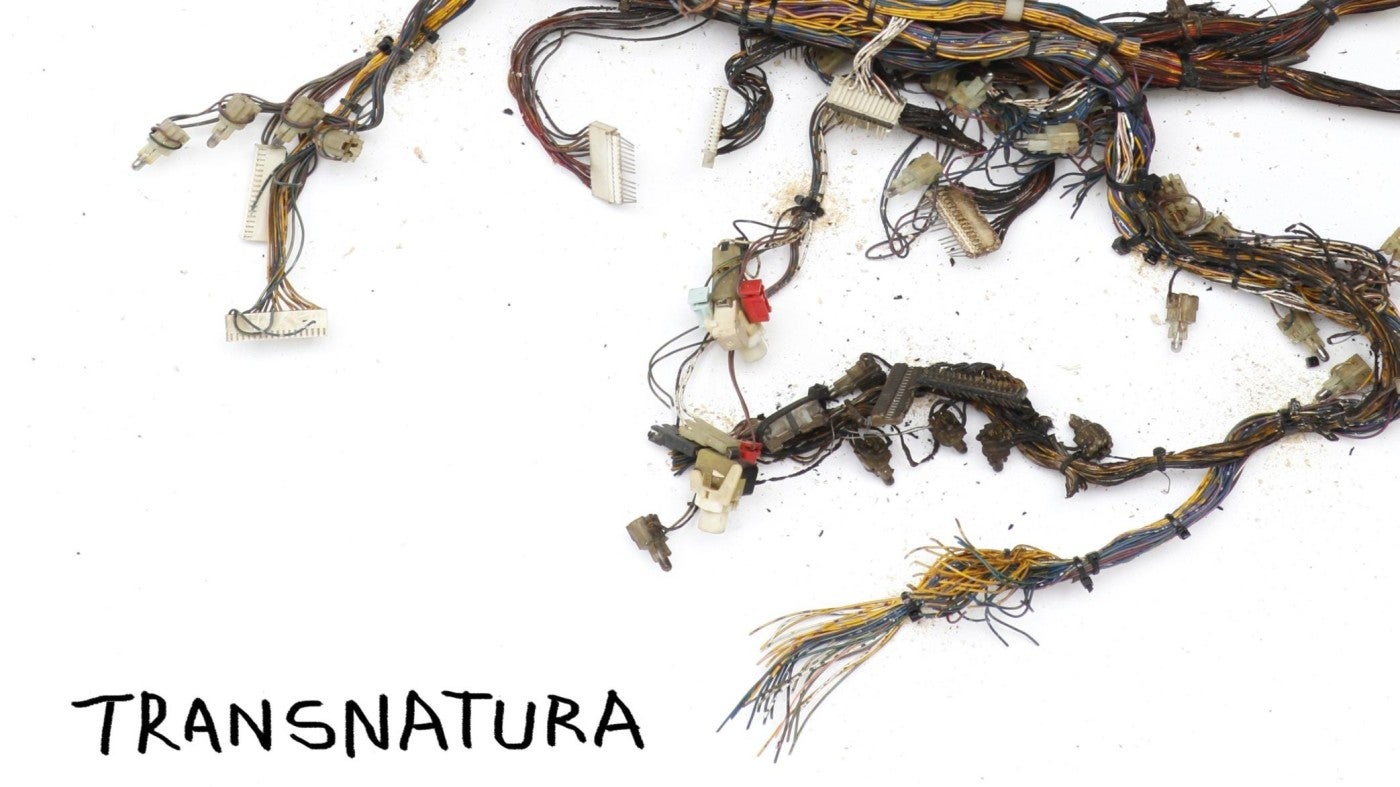Transnatura

Artists: Estrid Lutz, Krištof Kintera, Julie Villard & Simon Brossard.
What Simondon foresaw in his book published in 1969 has become true: the more the technical object evolves, the more it gets closer to a natural system (1).
Formerly, we used to maintain a dualism between the product of nature and the product of technè, but are we not today plunged into a radical monism?
The artificial object becomes similar to the natural one in becoming autonomous and in linking to itself what he needs. We observe that, on the one hand, the artificial was all but the extension of the natural object and that, on the other hand, the artificial, beyond its first and seemingly irrevocable deviation from the natural, finally went back to it.
On this matter, Bernard Stiegler asserts that “the technique is being internalized by the living itself” (2). In that way, a traditional prosthesis, such as an eye or a leg, said to be artificial, was characterized by its essential exteriority to the organ or the body that received it. Whereas a gene transplant or the simple absorption of a growing hormone don’t have the same status as the traditional artificial
The group show TRANSNATURA aims to show us this impossibility of establishing an opposition between external and internal, natural and artifcial, a before (nature) and an after (technique), the living and the machine. The different aesthetic forms presented by the artists Estrid Lutz, Krištof Kintera and the duo Julie Villard & Simon Brossard, question us about the essence of the living, of technique, machines, and the relationship between matter and life.
(1) Gilbert Simondon, Du mode d’existence des objets techniques [1958], new edition, Paris, Aubier (« Philosophie »), 2012.
(2) François Bayle, Dominique Bourg, Régis Debray, Berbard Stiegler, (et al.) interviewed by par Ruth Scheps, L’Empire des techniques, Paris,
Seuil, 1994, p. 185.